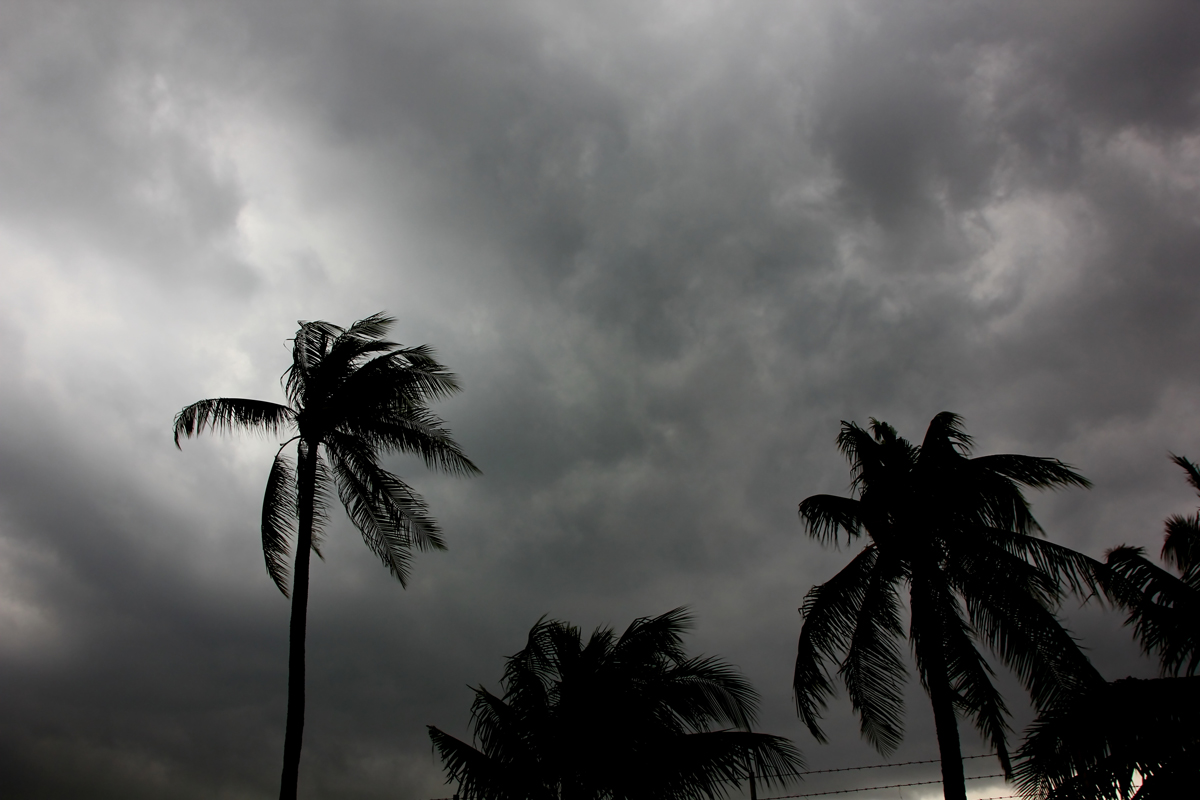How Florida Weather Can Affect Your Roof

For those who live in Florida or who own a vacation property or second home in The Sunshine State, protecting and maintaining good roofing is a major concern.
Roof repairs and roof replacement, in fact, rank among the most common construction-related projects undertaken by Florida homeowners. And given the challenging weather patterns (climate) Floridians are accustomed to, this is no big surprise.
Read on below to learn more about how Florida’s weather can impact your roofing, be that from storm damage or in another way.
Storm Damage: A Major Threat to Your Roof
There are plenty of storms and of various types in most parts of Florida in an average year. First of all, there is the threat of hurricanes and tropical storms. Hurricane season is at its peak during August, September, and October, but the full season is easily twice as long.
The force of hurricane winds, accompanied with excessive downpour and flooding can cause major storm damage to any home, especially to the roof, which is the most vulnerable part of the building due to its elevation and exposure to the elements.
But also consider that Florida sees more thunderstorms than any other US state. Summer is the main thunderstorm season, and many of these are short, sudden outbursts that disappear as rapidly as they appear.
But there are also many severe thunderstorms in Florida each year, and in fact, Florida has the highest density of lightning strikes in the United States. Additionally, hail can fall and damage roofing during thunderstorms even in a warm, generally pleasant climate such as Florida boasts.
Finally, consider that Florida also has one of the highest rates of tornados, even though not located in “Tornado Alley,” and that straight-line winds in various types of Florida storms are capable of getting beneath shingles, lifting them up, and ripping them clean off.
Heat & Humidity Can Also Wreak Havoc on Your Roof
But storm damage from high winds and heavy rainfall is not the only source of roof damage. The high heat and humidity levels common throughout the state – especially in the hot, hot summer months, presents its own challenges to Florida homeowners and their roofing.
First of all, be sure you have quality underlayment below your home’s layer of shingles. Underlayment not only creates a second water barrier but also prevents asphalt roofing from sticking to the roof deck in extreme heat.
While roofing shingles are designed to endure hot weather, it still takes its toll on even the best roofing material over the years. Shingles may buckle up due to the heat and eventually become brittle and break off. Asphalt may even bubble up, and high heat may contribute to nails that pop up, leaving shingles less secure when the next wind storm comes along.
Humidity, too, can become a contributor to roof damage. If water gets below the shingles and humidity remains high, plywood roof decking may sometimes warp, get soft and deteriorate, or accumulate mold/mildew.
Seaside Homes Are Prone to Rooftop Algae Growth
In Florida, a large percentage of the real estate is rather close to the beach. But salty sea air can have a negative effect on your roofing over a period of time.
It is common for homes nearby the ocean to begin to grow a crop of green, brown, or black algae on their shingles. Actually, the problem is due to a blue-green algae called “gloeocapsa magma.” It will not likely damage the shingles, but it will discolor them and can be quite a chore to remove.
Some types of shingles are algae-resistant, and for those who live near salt water, that may be a more ideal choice if your shingles are old enough already to start thinking about roof replacement.
What Can I Do About the Weather to Save My Roof?
As they say, there is nothing one can do about the weather. It is what it is. But there IS something you can do to help mitigate the effects of Florida’s climate on your roof!
Having high-quality roofing shingles installed to begin with by a reliable local contractor is ideal. You can find shingles with higher wind ratings, fire ratings, resistance to mold, moss, and algae, or even that won’t fade as fast due to a high UV light resistance level.
Another thing you can do is protect your roof with adequate homeowner’s insurance coverage and be prepared to file a roof damage or storm damage claim should the occasion arise.
Good roof maintenance is another key to mitigating storm damage and other roofing problems. That would involve keeping the roof free of debris, cleaning out the gutters and downspouts, having a professional roof inspection done once or twice a year, and making all roof repairs without unnecessary delay.
To learn more about how Florida’s weather can lead to storm damage and other types of roof damage, or to get a free quote for a roof repair or roof replacement need in Central Florida, contact the roofing experts at Sheegog Contracting today!


